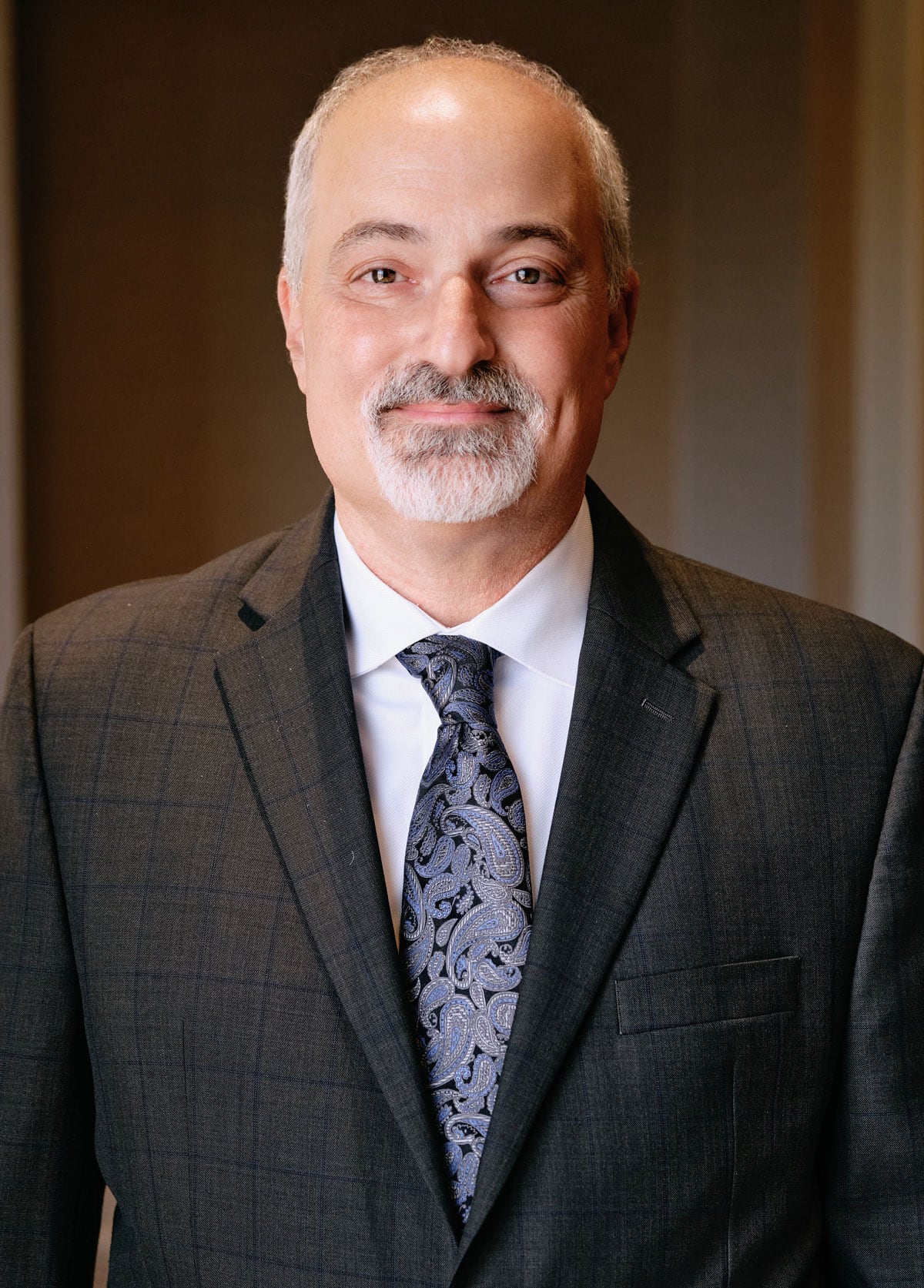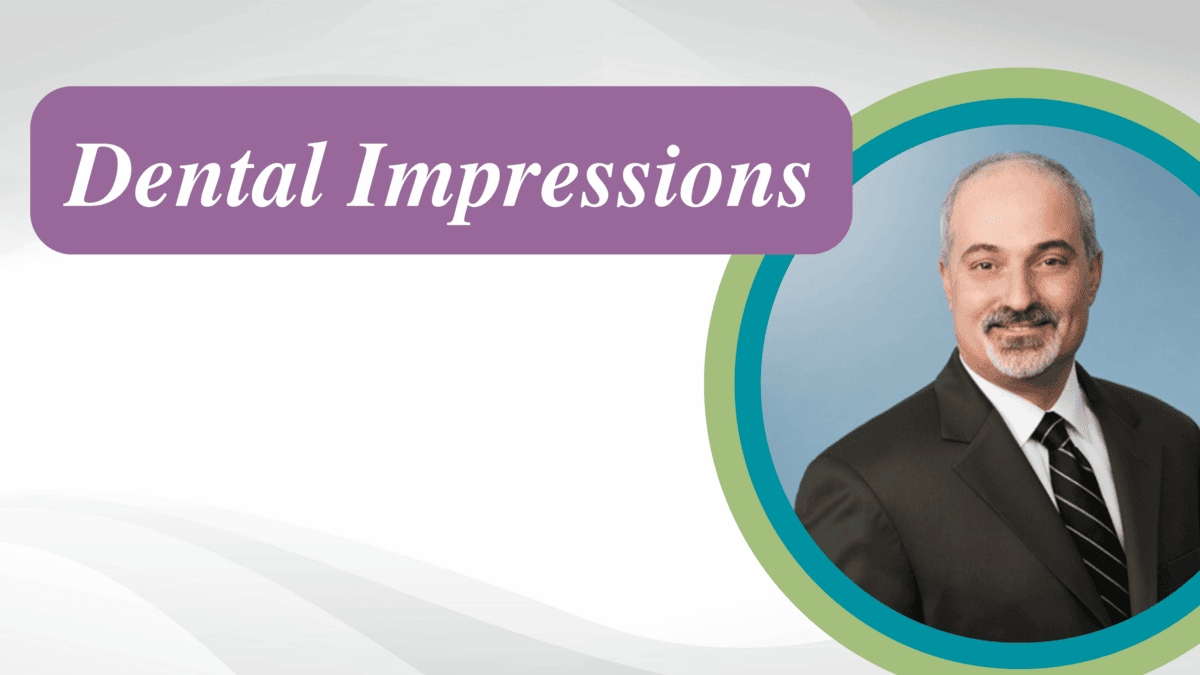News
 New Study Estimates that 31 million Older Americans Lack Dental Coverage
New Study Estimates that 31 million Older Americans Lack Dental Coverage
By Mike Adelberg, NADP Executive Director
Four months ago, I blogged about the re-established NADP Foundation and three projects it funded. One of those projects was recently completed. It is summarized below:
Charm Economics will develop a white paper that explores the evolving landscape of dental benefits for retirees, examining the differences in coverage pre- and post-Medicare and the increasing trend of Medicare Advantage enrollment. The paper will provide a comprehensive survey of how seniors meet their oral health needs and estimate the number of individuals who remain without coverage.
Charm Economics estimates that there are 101 million adults in the US who are aged 55 or older. By extrapolating federal survey data, Charm estimates that approximately 31.0 million (31%) retirees have dental coverage through private health insurance. Approximately 39.1 million (39%) individuals have dental coverage through public programs. Their analysis controls for individuals with two sources of dental coverage. This leaves “approximately 31.0 million (31%) without dental coverage.” The analysis reveals 18.9 million of these 31 million are aged 65+. Charm’s summary table is below.
Estimates of Dental Insurance Source for Americans Aged 55+
| Age Group | 55–64 | 65+ | Combined (55+) | |||
|---|---|---|---|---|---|---|
| Publicly Covered | 13.7 million | 33% | 25.4 million | 43% | 39.1 million | 39% |
| MA Only | 0.5 million | 1% | 12.8 million | 22% | 13.3 million | 13% |
| Medicaid Only | 5.8 million | 14% | 1.9 million | 3% | 7.7 million | 8% |
| MA and Medicaid | 0.2 million | 1% | 5.0 million | 8% | 5.2 million | 5% |
| Other (VA, TRICARE, IHS) | 7.2 million | 17% | 5.7 million | 10% | 12.9 million | 13% |
| Privately Covered | 16.0 million | 38% | 15.0 million | 25% | 31.0 million | 31% |
| Private Only | 15.8 million | 38% | 11.1 million | 19% | 26.9 million | 27% |
| Private and MA | 0.2 million | 0% | 3.9 million | 7% | 4.1 million | 4% |
| Uncovered | 12.1 million | 29% | 18.9 million | 32% | 31.0 million | 31% |
| Total | 41.8 million | 100% | 59.2 million | 100% | 101.1 million | 100% |
These findings come with an increased understanding that oral health is critical to overall health, particularly for older Americans. I am an N of 1, but I am a 58-year-old who only rarely needed dental services beyond check-ups in my forties, but I have needed at least one expensive service annually over each of the last three years. Older people use roughly the same amount of dental services as younger people but require more expensive services. According to data for roughly 110 million Americans compiled by Fluent Dental, in 2024, the average submitted charges per treatment of patients aged 65+ beneficiaries were $226 versus only $182 for the rest of the population.
The aging process increases the risk of conditions such as gum disease, dry mouth, tooth decay and tooth loss—and some of these oral health conditions can increase the likelihood and exacerbation of heart disease, diabetes, and other life-threatening and expensive chronic conditions. 43% of surveyed Americans identify cost as a reason they may avoid dental care and dental insurance makes that care more affordable (through both coverage and negotiated provider discounts). Dental insurance remains affordable (most plans are under $40 a month) and premiums are stable—rising only about 1 percent a year on average over the last ten years. Cost-containment victories like this are rare in the U.S. healthcare economy.
The bottom line is that Charm’s analysis demonstrates a considerable gap in the nation’s healthcare coverage. Aging Americans lack dental coverage more often than younger Americans despite having greater oral care needs. In a future blog I’ll discuss a few pragmatic low-cost ways to address this problem.
Download the report here for free.




